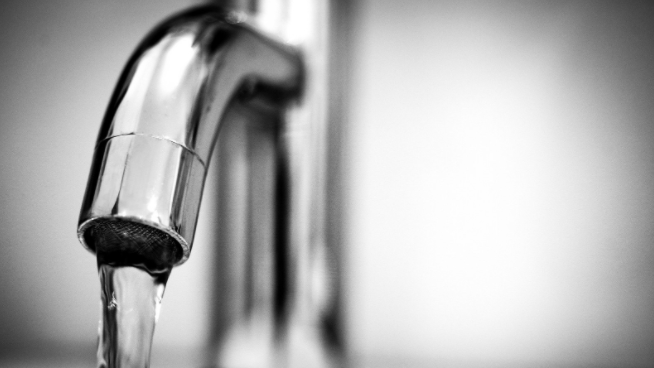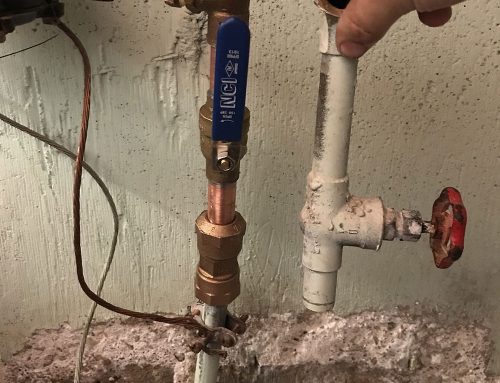The article author is making a few good pointers relating to How to Handle Plumbing Issues in Your Rental Property as a whole in the content down below.

Managing pipes concerns in rental residential properties successfully is critical for keeping lessee contentment and maintaining the building's worth. Whether you're a proprietor or a building supervisor, understanding exactly how to deal with these common problems can conserve you money and time while making sure compliance with legal duties. Below's a step-by-step overview on just how to manage plumbing issues in rental properties.
Record Whatever
Keep detailed documents of all reported pipes issues and the activities required to fix them. Documentation needs to consist of dates, summaries of the issue, communication with renters, and receipts from service providers or plumbing technicians. This information can be crucial for insurance policy claims, tax obligation reductions, and legal defense.
Use Qualified Professionals
Constantly utilize licensed and insured specialists for considerable pipes repair services and installations. This makes certain that the work depends on code and can aid prevent obligation issues in case of accidents or further damages. It additionally comforts lessees that fixings are being managed skillfully.
Establish Clear Communication
Encourage lessees to report any kind of pipes problems as soon as they occur. Give numerous communication channels such as phone, email, or a tenant portal to make it easy for them to connect. Motivate feedbacks to these records can protect against small issues from escalating right into significant issues.
Educate Lessees
Educate your renters regarding what comprises a plumbing emergency and what does not. Provide standards on exactly how to handle small problems themselves, such as using a bettor to unclog a commode. Likewise, inform them concerning what they must avoid taking down drains to stop blockages, such as grease, coffee premises, and non-biodegradable items.
Normal Upkeep
Carry out a routine maintenance schedule for all pipes systems in your leasing homes. Normal checks can help identify and resolve problems like leaks, sluggish drains, or corroded pipelines prior to they come to be major. Consider hiring a specialist plumbing technician to inspect the homes yearly or semi-annually.
Quick Action to Emergency Situations
Have a strategy in place for reacting to pipes emergencies. This must consist of having the get in touch with details of dependable pipes solutions that provide 24/7 emergency situation repair services. Quick activity is necessary to lessen damages in situations like burst pipelines or extreme leaks.
Preventive Upgrades
Think about updating older pipes systems and fixtures to much more contemporary, reliable models. This can decrease the regularity and extent of pipes issues and lower long-lasting upkeep costs. It's also a selling factor for possible lessees who value upgrades and modern functions.
Occupant Move-Out Inspections
Conduct detailed pipes checks during move-out inspections to guarantee that any type of problems are determined and resolved prior to a brand-new lessee relocate. This prevents disputes with new occupants over pre-existing problems and makes sure the property is in top problem.
Understand Lawful Responsibilities
Be aware of your lawful duties regarding pipes and basic property maintenance. Most territories call for proprietors to guarantee their properties are habitable which all pipes systems remain in good working order. Failing to attend to severe problems quickly can lead to legal actions from lessees.
Lessee Compensations
If a plumbing issue calls for prompt interest and the occupant fixes the issue by themselves, have a clear plan in place for reimbursing prices. Make sure renters know they need to obtain previous authorization for higher-cost repair work unless it's an absolute emergency situation.
Final thought
Dealing with plumbing concerns in rental homes requires an aggressive technique and great interaction with occupants. By staying on top of upkeep, responding promptly to emergency situations, and utilizing competent professionals, landlords can keep their homes in outstanding condition and keep great relationships with lessees.
How to Handle Water Damage in a Rental Property
What is Water Damage?
Water damage is harm or destruction caused by water entering areas where it is not supposed to be. It can be caused by a variety of sources and can manifest in different ways. The most common examples of water damage include:
Leaking roof Plumbing leaks Appliance malfunctions Poor drainage Flooding Sewage backup Condensation Tenant negligence HVAC system issues Frozen pipes Is water damage dangerous?
Water damage itself is not inherently dangerous, but it can lead to various hazards and health risks if not promptly and properly addressed. The severity of these risks depends on the extent of the water damage, the source of the water, and how quickly it is mitigated.
Some potential dangers associated with water damage include structural damage, mold and bacterial growth, electrical hazards, water contamination, and pest infestations. In situations where mold and mildew have gone unaddressed, mold can start to develop within 24-48 hours of water exposure, and this can impose a serious health risk to tenants. In particular, mold spores and damp conditions can lead to respiratory issues and even make existing health problems worse, such as allergies, asthma, or immune disorders.
Water Damage in an Apartment - Who is Responsible?
If the water damage is caused by the tenant’s negligence, the tenant is responsible for the cost of repairs. If the water damage is caused by a defect in the property, the landlord is responsible for the cost of repairs. If the water damage is a result of natural causes, such as excessive rain, then the landlord is responsible, since the water intrusion likely occurred due to a defect in the property. Landlord Responsibility water damage in rental property
Since maintaining habitability is the landlord’s legal responsibility, landlords are responsible for any resulting structural damage caused by water damage. These structural damages may include damage to walls, roofs, ceilings, and flooring. If water damage has affected the rental property’s original structure, the landlord is responsible for repairing or replacing those materials. Therefore, landlords should have property insurance that covers the structural components of their rental property so that they can receive help with the costs of covered events.
Preventative measures can also help landlords avoid massive renovations. Preventative maintenance may include conducting regular inspections to identify and address potential water damage before it becomes a major and urgent problem.
If a landlord fails to meet their responsibilities regarding water damage, it can lead to legal disputes and potential liability. Tenants who believe their landlord is not addressing water damage issues in accordance with California law can seek legal advice or contact local housing authorities for assistance.
https://www.goodlifemgmt.com/blog/water-damage-in-a-rental-property/

I came across that review about Who is responsible for plumbing maintenance when browsing the search engines. For those who enjoyed reading our blog post if you please don't forget to share it. Thanks a bunch for being here. Come back soon.